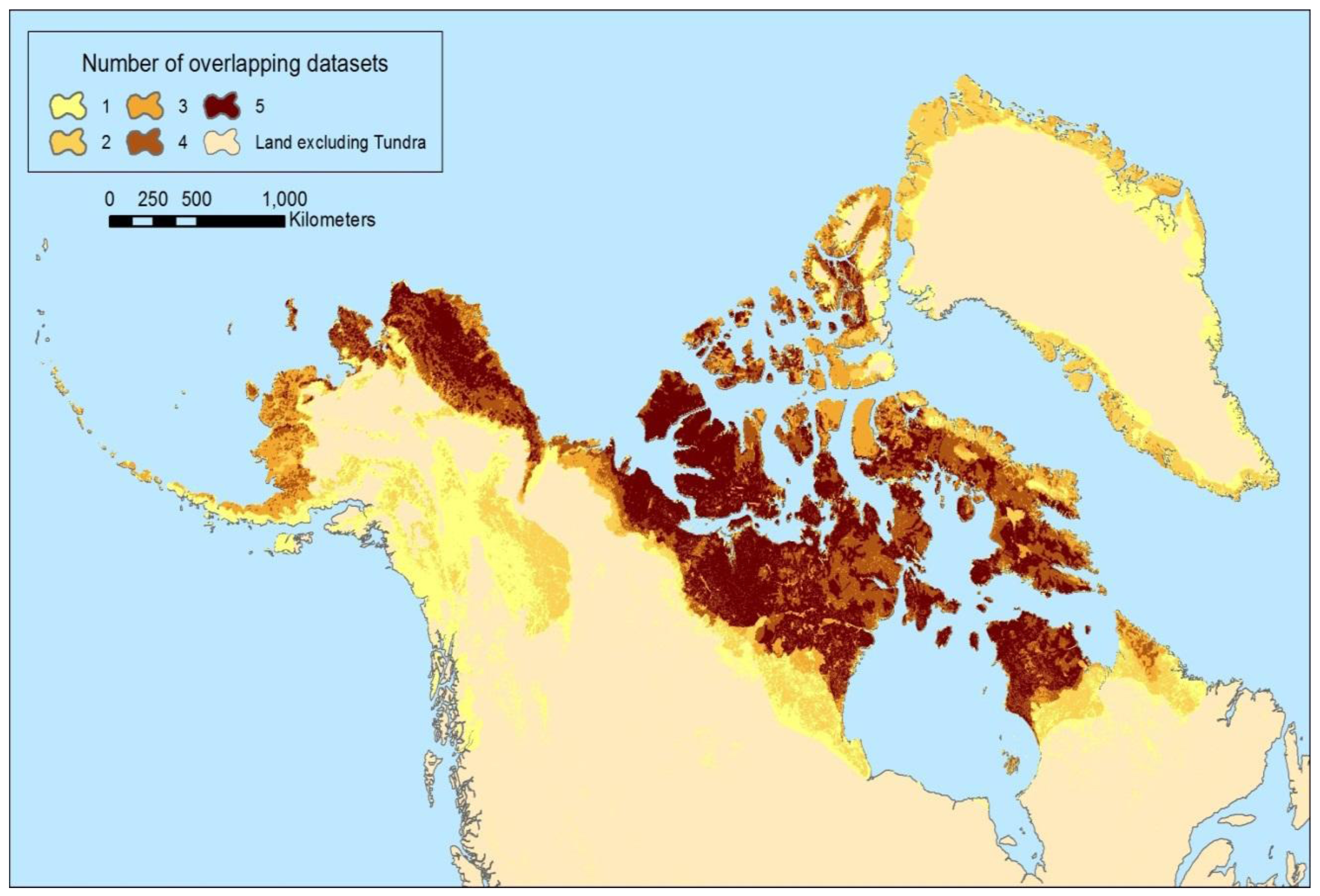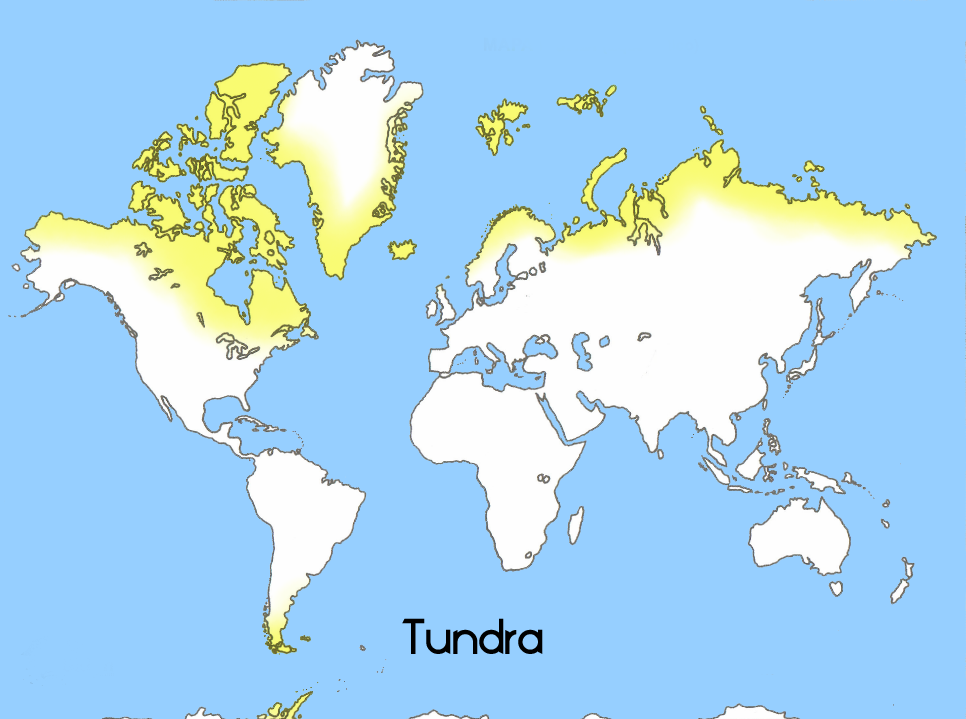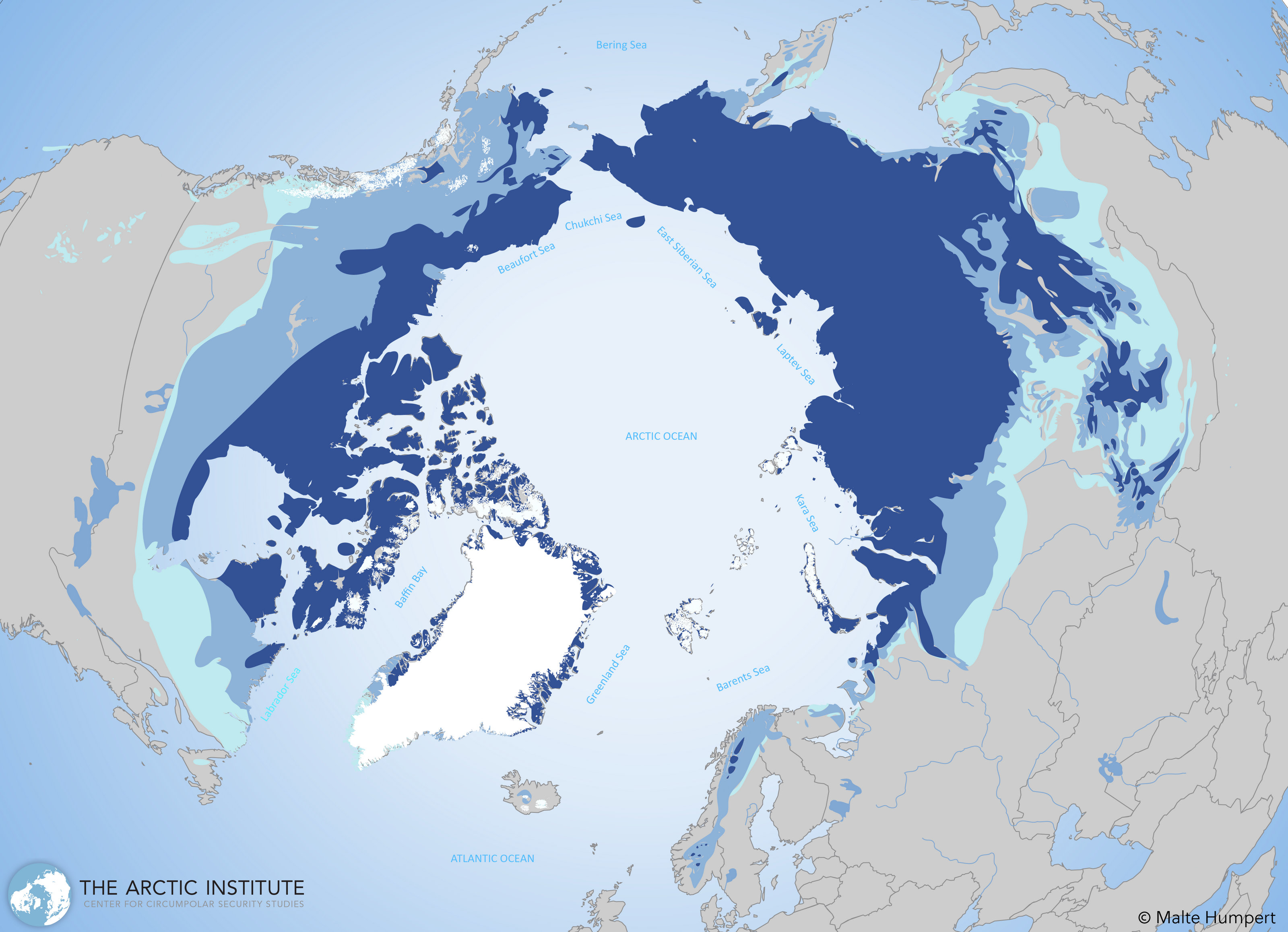Global change ecologist leads NASA satellite study of rapid greening across Arctic tundra

29 Map Of The Tundra Maps Online For You
Article Vocabulary For most of the year, the tundra biome is a cold, frozen landscape. This biome has a short growing season, followed by harsh conditions that the plants and animals in the region need special adaptations to survive. Tundra form in two distinct cold and dry regions.

IJGI Free FullText A Comparative Review of North American Tundra Delineations
Tundra Sample Location Map Return to Tundra Mission: Biomes Missions The Great Graph Match To Plant or Not to Plant? Biomes Rainforest Grassland Coniferous Forest Temperate Deciduous Forest Desert Tundra Shrubland Resources Metric Converter Glossary Teacher Resources About Mission: Biomes Stories, experiments, projects, and data investigations.

PPT Tundra PowerPoint Presentation, free download ID2600384
The Tundra of North America is a Level I ecoregion of North America designated by the Commission for Environmental Cooperation (CEC) in its North American Environmental Atlas .

to my World!!
The Arctic Tundra, is in the far northern hemisphere, it has a latitude and longitude of 71.2 degrees N and 156 degrees W. The Arctic Tundra encircling the North Pole and extending south across parts of Alaska, Canada, Russia, Greenland, Iceland, and Scandinavia, to the coniferous forests of the taiga. What is the climate like in the Arctic Tundra?

The Artic Tundra The Arctic Tundra
Tundra means "treeless plain.". It's the youngest biome on earth, dating back 10,000 years. Yep, that's considered young in terms of the age of the Earth. Through all that time, life in the tundra has adapted unique features to cope with the harsh wind and cold. Summer temperatures in the tundra range from 37 to 54°F.

Global change ecologist leads NASA satellite study of rapid greening across Arctic tundra
Alpine tundra. Hikers traversing the Franconia Ridge in the White Mountains of New Hampshire, much of which is in the alpine zone. Alpine tundra is a type of natural region or biome that does not contain trees because it is at high elevation, with an associated harsh climate. As the latitude of a location approaches the poles, the threshold.
Locations of tundra, boreal, and southern ecozones used for averaging... Download Scientific
tundra, a major zone of treeless level or rolling ground found in cold regions, mostly north of the Arctic Circle ( Arctic tundra) or above the timberline on high mountains ( alpine tundra). Tundra is known for large stretches of bare ground and rock and for patchy mantles of low vegetation such as mosses, lichens, herbs, and small shrubs.
Alaskan Tundra
The tundra biome is a region in which freezing temperatures and scarce rainfall make the growth of vegetation almost impossible. The tundra is characterised by a total lack of trees and has, instead, stubby vegetation that grows very slowly. Tundra soil undergoes continuous cycles of freezing and thawing, which adds to the hardships faced by.

Arctic Tundra, Boreal Forests Map Forest map, Geography map, Map
Tundra Map This map shows the major regions where tundras are most common; tundras are in yellow. Tundras are often located near permanent ice sheets where during summer the ice and snow.

TUNDRA by Jackie Cavazos
The Arctic and Antarctic tundra differ in physical conditions with the Antarctic tundra being colder and drier than the Arctic. The largest tundra ecoregion in the Antarctic is the Transantarctic Mountains [2] which has an average daily temperature of -35 to -2°F in the winter and -6 to 1°F in the summer [3].

Arctic Maps Visualizing the Arctic The Arctic Institute Center for Circumpolar Security
Antarctic tundras are located on the continent of Antarctica, on and around the South Pole, including the Kerguelen Islands and the southern portion of Georgia. These types of tundra are usually completely covered in ice. Alpine tundras are distinct in that they are neither ice covered nor have a layer of permafrost.

Canadian Tundra (NA2) One Earth
There are two kinds of tundra in Alaska, alpine and arctic. Arctic tundra is found north of the permafrost line, generally north of the arctic circle. Alpine tundra is found around the state at high elevations - this is the kind found in Lake Clark National Park and Preserve. Caribou make their homes on the tundra, as do ground squirrels.

Tundra Location Map
This map shows the world's Tundra in Pink. Tundra types have borders in different colors. For more detail, hover over the map. To take a closer look, zoom in. For more information, scroll down. Tundra Tundra comes from the Finnish word "tunturia", which means "treeless plain". Tundra is the coldest biome, and it gets very little precipitation.

29 Map Of The Tundra Maps Online For You
Tundra maps UCAR - Windows to the Universe This webpage shows the extent of global tundra on a map of the world. The map is part of the Windows to the Universe, a user-friendly learning system covering the Earth and Space sciences for use by the general public.

PPT Tundra PowerPoint Presentation, free download ID2479459
What is Dynamic Navigation? Dynamic Navigation uses the most up-to-date maps, routes and points of interest. Newly built roads, landmarks & destinations are automatically added. Dynamic Navigation does not rely on your personal cell phone data. The system quickly recalculates newly available routes.

Tundra r/MapPorn
Arctic Arctic tundra occurs in the far Northern Hemisphere, north of the taiga belt. The word "tundra" usually refers only to the areas where the subsoil is permafrost, or permanently frozen soil. (It may also refer to the treeless plain in general so that northern Sápmi would be included.)